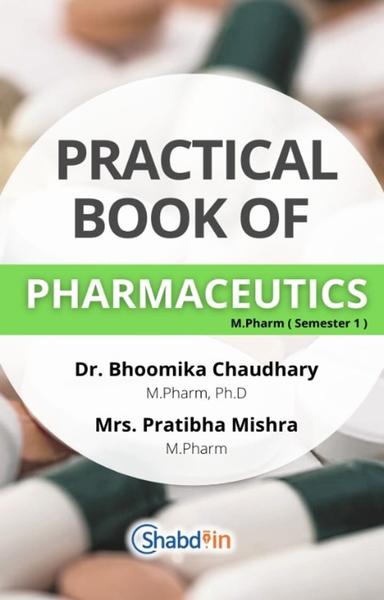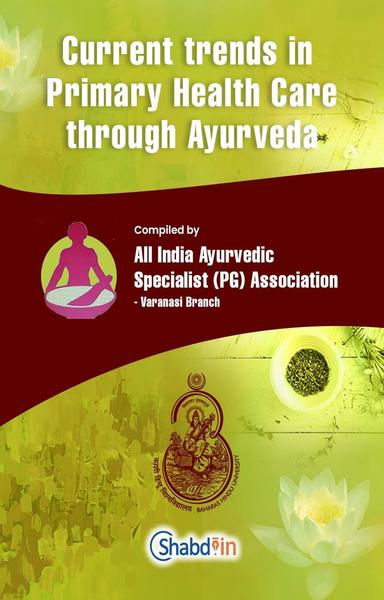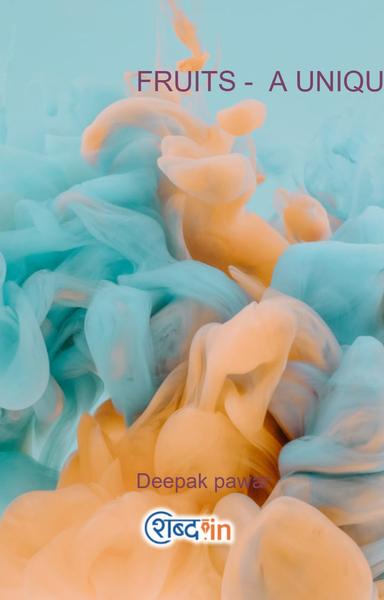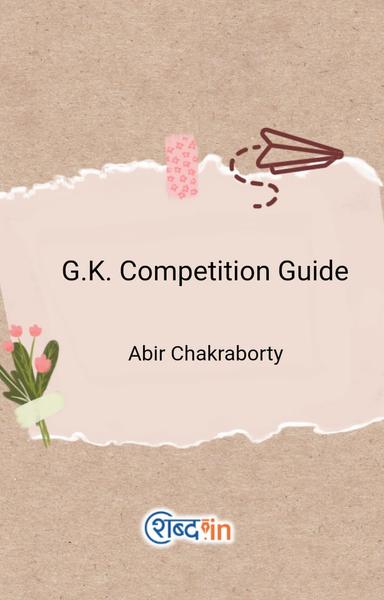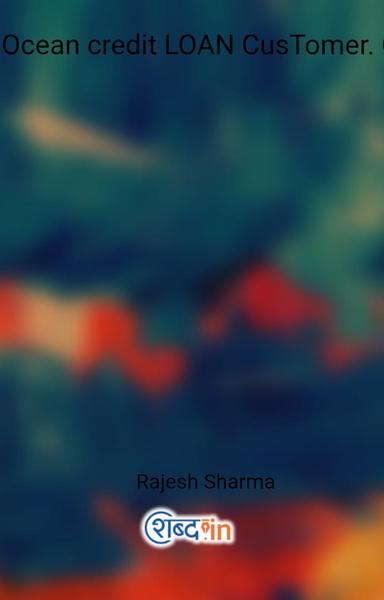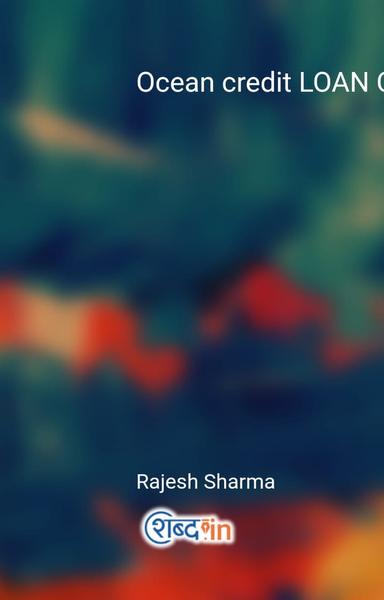AIM: Estimation of sodium/potassium by flame photometry
REQUIREMENTS:
Appartus:-Flame Photometer, Graduated pipette. Cuvette, Beaker.
Chemicals: - NaCl, KCl, etc.
REFERENCES:
1. Chatwal, G. and Anand, S., Instrumentals methods by chemical analysis, Himalaya, publishing house Bombay, 1995, 2.367-3.388.
2. D. A. Skoog - D. M. West - F. J. Holler: Fudamentals of Analytical Chemistry (Saunders College Publishing, Fort Worth, US 1992.)
3. Indian Pharmacopoeia 1996, government of Indian ministry of health and family welfare, volume-I, Published by controller of Publication, Delhi Pg.no.-A-72.
4. A. H. Beckett, J. B. Stenlake, Practical Pharmaceutical Chemistry, Part-2, Published by CBS Publishers and distributors 4 th edition, Pg. no-258
PRINCIPLE:
Flame photometry more properly called flame atomic emission spectrometry is a relatively old instrumental analysis method tests for the qualitative identification of select metallic elements. Probably the most common example of the atomic emission effect is fireworks.
As an analytical method, atomic emission is a fast, simple, and sensitive method for the determination of trace metal ions in solution.
Flame photometry is good only for elements that are easily excited and do not require very high temperatures (Na, K, Li, Ca are the most widely determined atoms by this technique).
Detection limits can be quite low. “Good” elements typically have detection limits between about 1 ng/ml and 1 μg/ml.
The method is suitable for many metallic elements, especially for those metals that are easily excited to higher energy levels at the relatively cool temperatures of some flames.
Instrumentation
A flame photometer instrument is extremely simple where the sample in solution is aspirated through an aspirator or nebulizer into the flame which is usually a propane / air fuel or, even, a purified natural gas/air mixture.
The sample matrix evaporates followed by atomization of the sample. Atoms present in the high temperature zone of the flame are excited to higher energy levels by absorbing energy from the flame.
As excited atoms return to the ground state they emit radiation in definite wavelength depending on the energy level from which each atom drop. This gives rise to a line spectrum. However, in flame photometry a pre-selected filter (depending on the atom in question) is used and it is the intensity of the emission line that is practically measured and is related to the original concentration of the sample in solution.
The detector is usually a phototube or a photomultiplier tube depending on the quality of the instrument. A schematic diagram of a simple flame photometer is shown is shown in Figure 1
A simple flame photometer consists of the following basic components:
1. A flame that can be maintained in a constant form and at a constant temperature:- “The burner” (see Fig. 2)
2. A means of transporting an homogeneous solution into the flame at a steady rate:- “Nebuliser and mixing chamber” (see Fig. 2)
3. A means of isolating light of the wavelength to be measured from that of extraneous emissions:-
“Simple colour filters” (interference type) (see Fig. 2)
A means of measuring the intensity of radiation emitted by the flame:- “Photo Detector”
Figure:A schematic of a simple flame photometer instrument.
Table. Temperature achieve by a various type of burner gas mixture
Table. Emission wavelengths & colors produced by different wavelength
PROCEDURE:
1. Let the instrument warm up for 5-10 minutes.
2. Feed distilled water to the instrument.
3. Using knobs adjust the indicators to 0 reading.
4. Aspirate the most concentrated standard solution (solution number 6) and adjust readout to
Approximately 90 (on uppermost scale) using the big knobs.
5. Aspirate distilled water – the instrument should read 0.
6. Aspirate standard solutions no. 1, 2, 3, test solution, and then standards 4, 5, 6. Record the results.
7. Aspirate distilled water for at least 5 minutes to clean the system.
Calculation of the results
1. Draw calibration curves for sodium and potassium as a Graph is plotted on Y axis (Intensity of emission) verses X-axis (concentration).
2. Find concentration of sodium and potassium ions in test solution from calibration curves
RESULT
The estimation of sodium /potassium ions is done & unknown concentration of ion was found to be……..
Remark:
Practical Performance (2) | Conduct in Lab (2) | Journal (2) | Observations and Results (2) | Viva-Voce (2) | Total (10) | Signature of Faculty In charge |
| | | | | | |
Observations:
Concentration(ug/ml) | Absorbance at 258nm |
2 | |
4 | |
6 | |
8 | |
10 | |
EVALUATION PARAMETER:
1) Thickness:
Thickness(mm) | I | II | III | Mean |
Batch 1 (by using starch paste) | | | | |
Batch 2 (by using PVP) | | | | |
Batch 3 (by using talc) | | | | |
2) Hardness:
Hardness | I | II | III | Mean |
Batch 1 (by using starch paste) | | | | |
Batch 2 (by using PVP) | | | | |
Batch 3 (by using talc) | | | | |
EXPERIMENT NO: 9
